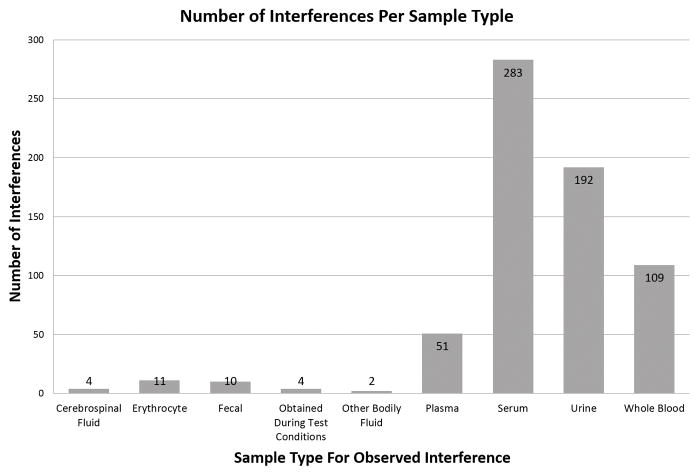Figure 1. Number of Interferences per Sample Type.
Illustrates the distribution of interferences amongst observed sample types. The most commonly used clinical samples types were found to contain the highest abundance of interferences. “Erythrocyte” refers to direct interference effects observed in red blood cells. “Obtained during test conditions” refer to interferences not seen clinically but observed in laboratory test conditions.

